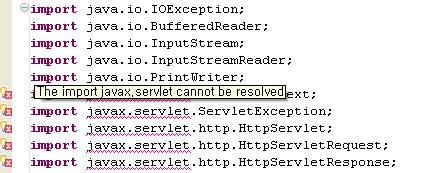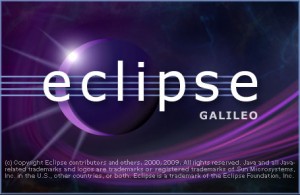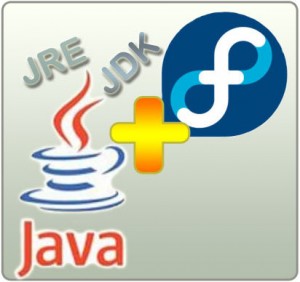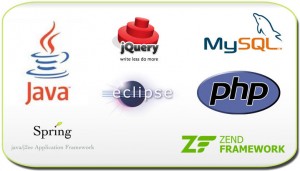 Since its inception, frequent readers or random visitors of this blog may come into conclusion that this blog talks a lot about PHP-related topics. This is somewhat true since at the time the blog was firstly launched, I had dealt with mostly applications built under W/LAMP environment. Even though I also fiddled with applications developed without any PHP codes, the scarcity of hands-on experiences under such circumstances avoided me sharing experimental results, hacks, software components, or even simply a technical note.
Since its inception, frequent readers or random visitors of this blog may come into conclusion that this blog talks a lot about PHP-related topics. This is somewhat true since at the time the blog was firstly launched, I had dealt with mostly applications built under W/LAMP environment. Even though I also fiddled with applications developed without any PHP codes, the scarcity of hands-on experiences under such circumstances avoided me sharing experimental results, hacks, software components, or even simply a technical note.
As the time progressed and I got involved again in academia, Java started to take some portion of my development time-table. Several years ago, I used Java to build some simple stand-alone desktop applications. As for web application, the PHP advocates were successful to send me to the PHP island. It is the simplicity of PHP and my first impression to the slowness of a Java-based web application which prevented me from delving more into the Java world. Fortunately, there were situations which forced me to use Java in my work and some other scientific experiments. These initially-undesirable situations then turned into a phase of Java re-learning for me. But at the time, I already had had better systemic understanding and ability to look at the bigger picture. The phase of relearning gave me better insight and understanding about application design and to bigger extent, the system design.
I feel very ecstatic about expanding the topics of this blog to also include some Java posts. It can be a subject of lesser interests for you. However, I believe that being open to changes will bring other positive impact. As a technology blog which has been around and settled for more than three years, it is time for this blog to move forward. It is the time to broaden the user base without abandoning old users. Now get yourself ready for more good stuff to read. So, please stay tune!
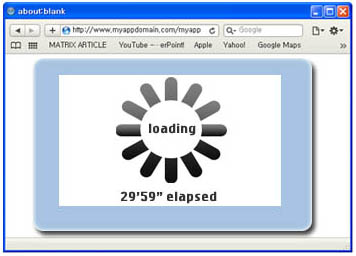 You may have heard somewhere on the net:
You may have heard somewhere on the net: